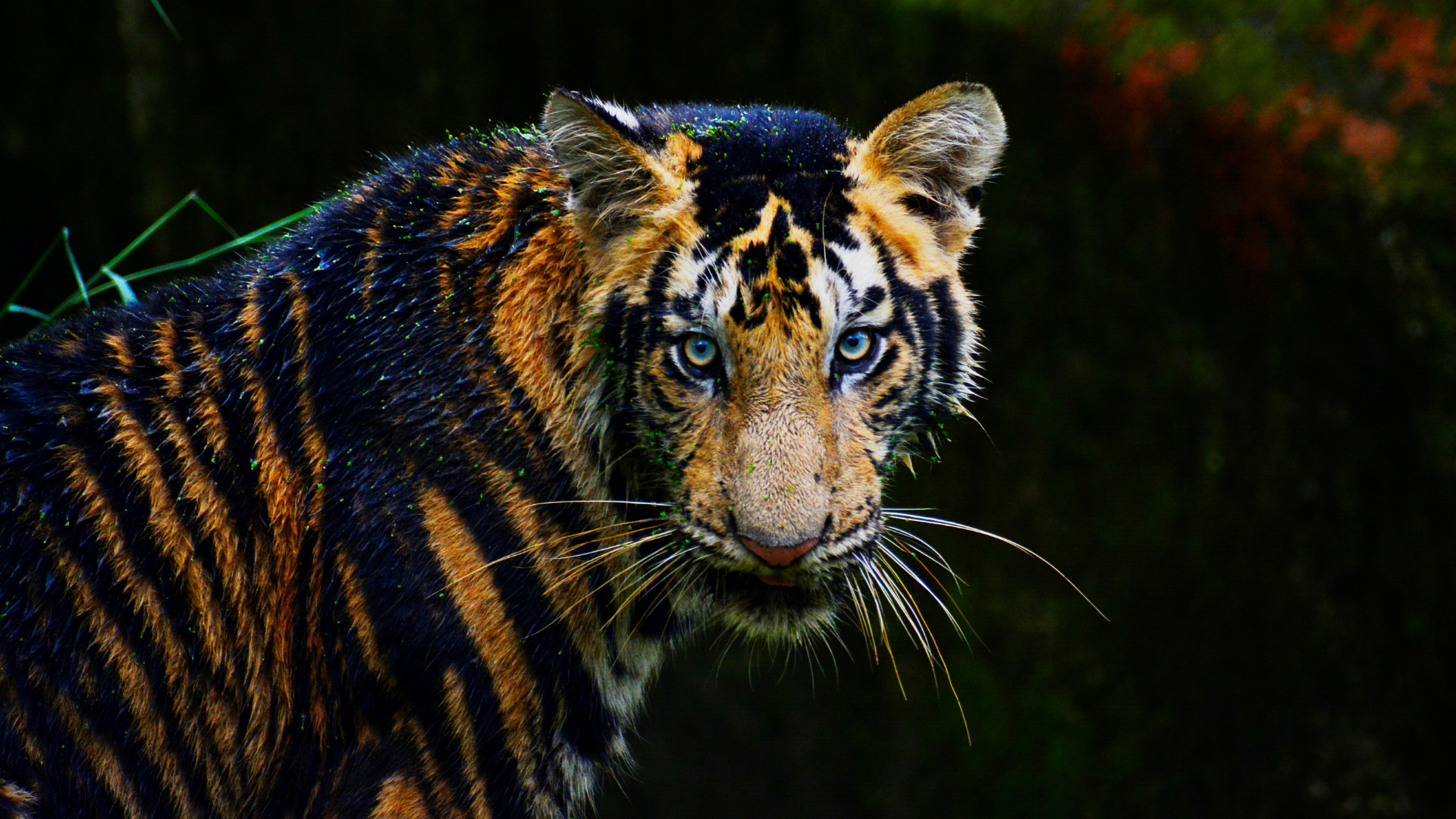
How Do We Help Endangered Animals?
Scientists have been trying to save Africa’s elephants for over two decades. While poaching is severely limiting the population, poaching is not the only threat these majestic animals face. In the vast kopje forests of the African plains, the elephants are often forced to cross the roads that hold the villages of humans from the interior. If a mother or calf gets hit by a vehicle, the animals are crushed in the crash and are unable to escape. This is one of the leading causes of death for African elephants.
It is easy to get caught up in the idea that conservation and animal welfare are mutually exclusive. If we are trying to save animals, we may not be trying to save them in an ethical manner. But the truth is that conservation and animal welfare are not mutually exclusive; in fact, they are inextricably linked. But is there a way for us to effectively save animals without harming them?
Sometimes the hardest part of saving an endangered animal is getting people to care. As a result, many projects and organizations are trying to help animals in trouble. (Just note that not all are successful.) One of the projects that have been around for a long time is the International Fund for Animal Welfare (IFAW).
More than 1.5 million species are threatened with extinction, and many of them are on a precipitous slide to oblivion. However, there is hope. If we can better understand our relationships and responsibilities to the animals in our backyards, we can begin to tackle this problem. The following are some simple ways we can help prevent extinction.
When many species of animals are facing extinction, the question remains: how can we help endangered animals? There is no one answer to this question but several ways to help endangered animals.
Some examples of how to help endangered animals include:
1) Don’t buy unsustainable animal products (like fur, leather, and exotic meats)
2) Adopt an endangered animal to help with conservation efforts
3) Don’t eat endangered animals
4) Don’t kill endangered animals
5) Don’t trade endangered animals
Global warming and over-hunting are two of the biggest threats to endangered animals these days, but there are other factors that are equally as dangerous. Instead of dwelling on these issues, we need to focus on the solution. If we can ever get a grip on how to help save these animals, we will have a much better chance of doing so.
To many people, these animals are just symbols of the beauty of nature. But conservationists see the animals in a different light. They see them as the last line of defense for the survival of the planet’s ecosystems. A recent report, for example, highlights the role of animals in securing the future of the world’s oceans.
While human populations are increasing exponentially, the world’s wild animals are decreasing. The human-wildlife balance is already off-kilter. We like to think that we are the ones causing the decline in wildlife, but the reality is that the animals themselves are to blame, and their decline is entirely out of our control.
The illegal wildlife trade is a huge problem in the world. It is estimated that one in eight animals taken from the wild is traded illegally, including endangered species. That means that the majority of the world’s rare animals could be at risk unless the illegal wildlife trade is stopped.
Millions of animals are lost every year, whether from natural disasters, environmental threats, poaching, or the illegal pet trade. The impact on the planet is devastating, but the animal kingdom does not have to be lost. Many organizations are working around the world to protect endangered species and the animals that depend on them.
Animals are an integral part of the natural world. They provide us with important ecosystem services, like pollination and pest control. They also give us a sense of kinship and empathy, as we can imagine ourselves in the place of these animals and see them as part of our own species. But in the past few decades, that has changed – many animals are on the brink of extinction, and many of them will likely become extinct in the near future.

Comments (0)